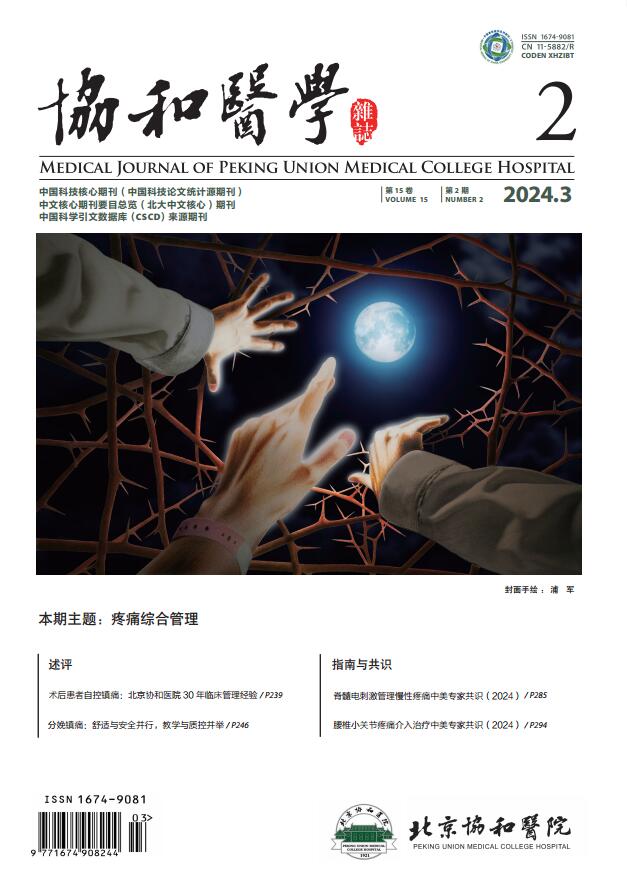Top Read
1
2023, 14(4): 706-733.
doi: 10.12290/xhyxzz.2023-0315
Abstract:
2
3
2012, 3(2): 227-231.
doi: 10.3969/j.issn.1674-9081.2012.02.021
Abstract:
4
2022, 13(6): 965-985.
doi: 10.12290/xhyxzz.2022-0642
Abstract:
5
2023, 14(1): 86-93.
doi: 10.12290/xhyxzz.2022-0588
Abstract:
6
2022, 13(5): 713-718.
doi: 10.12290/xhyxzz.2022-0288
Abstract:
7
2022, 13(2): 203-226.
doi: 10.12290/xhyxzz.2022-0097
Abstract:
8
2022, 13(5): 768-782.
doi: 10.12290/xhyxzz.2022-0421
Abstract:
9
2023, 14(1): 1-8.
doi: 10.12290/xhyxzz.2022-0686
Abstract:
10
2022, 13(5): 783-788.
doi: 10.12290/xhyxzz.2022-0428
Abstract:
11
2022, 13(5): 800-811.
doi: 10.12290/xhyxzz.2022-0255
Abstract:
12
2022, 13(5): 760-767.
doi: 10.12290/xhyxzz.2022-0235
Abstract:
13
2022, 13(5): 747-752.
doi: 10.12290/xhyxzz.2022-0246
Abstract:
14
2022, 13(5): 789-795.
doi: 10.12290/xhyxzz.2022-0274
Abstract:
15
2022, 13(5): 740-746.
doi: 10.12290/xhyxzz.2022-0245
Abstract:
16
2020, 11(4): 472-478.
doi: 10.3969/j.issn.1674-9081.2020.04.020
Abstract:
17
2023, 14(5): 959-971.
doi: 10.12290/xhyxzz.2023-0338
Abstract:
18
2022, 13(5): 732-739.
doi: 10.12290/xhyxzz.2022-0208
Abstract:
19
2022, 13(5): 725-731.
doi: 10.12290/xhyxzz.2022-0444
Abstract:
20
2023, 14(2): 299-305.
doi: 10.12290/xhyxzz.2022-0683
Abstract:
- First
- Prev
- 1
- 2
- 3
- 4
- 5
- Next
- Last
- Total:5
- To
- Go

 Submit
Submit Review
Review Office
Office Email Alert
Email Alert RSS
RSS HTML
HTML PDF
PDF











